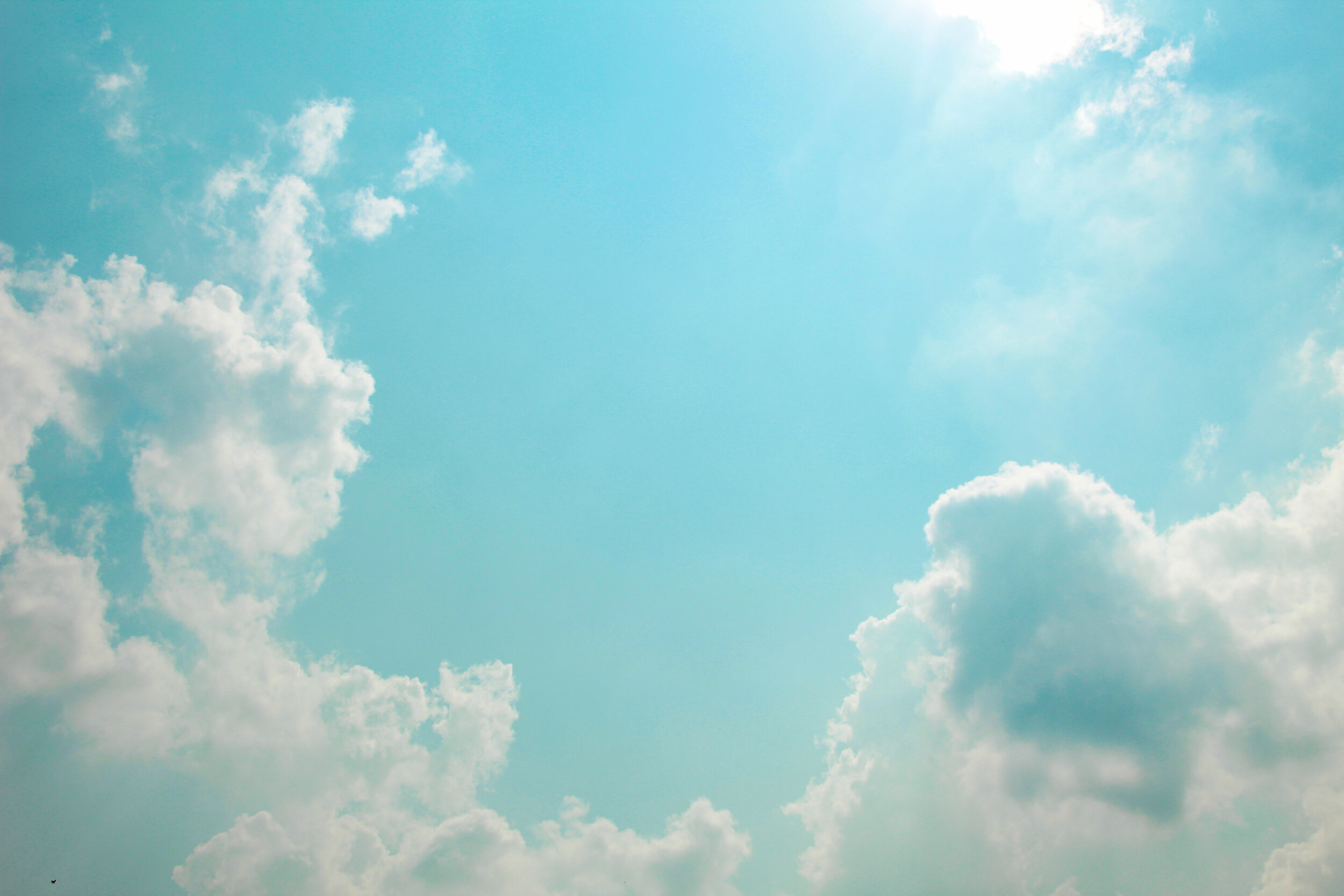Are you one of many Vancouverites that feel great during the summer, but dread the rainy, dark fall and winter? For many people, decreased light levels mean lower energy, depression, oversleeping, overeating, and carbohydrate cravings. It is thought that imbalances in melatonin, cortisol, vitamin D, and various neurotransmitters are responsible for this condition, known as seasonal affective disorder (SAD).
One of my favorite treatments for SAD is light therapy, because it can naturally restore proper pineal gland function (the gland that secretes melatonin), which can in turn improve the daily rhythm of other hormones. There have been many studies showing the benefit of light therapy, however not all light boxes are created equally. Here are several factors to consider when purchasing a light box:
It is understood that shorter (bluish) wavelengths of light are more effective – this corresponds to the peak wavelengths of the sun.
Check that your product does not emit UV rays or has a UV filter (can be a problem with fluorescent lights).
Are you sensitive to fluorescent light? They emit higher levels of radio frequency radiation that some people are quite sensitive to.
Does your light box have any clinical trials supporting its use?
I generally recommend the Litebook because it is small, portable, rechargeable, easy to use, generally requires short exposures, and is supported by research. It is also considered a medical device and may be reimbursed by insurance companies. If light is not enough, consider making an appointment to investigate vitamin D levels, thyroid and adrenal function, and how your diet can help.


